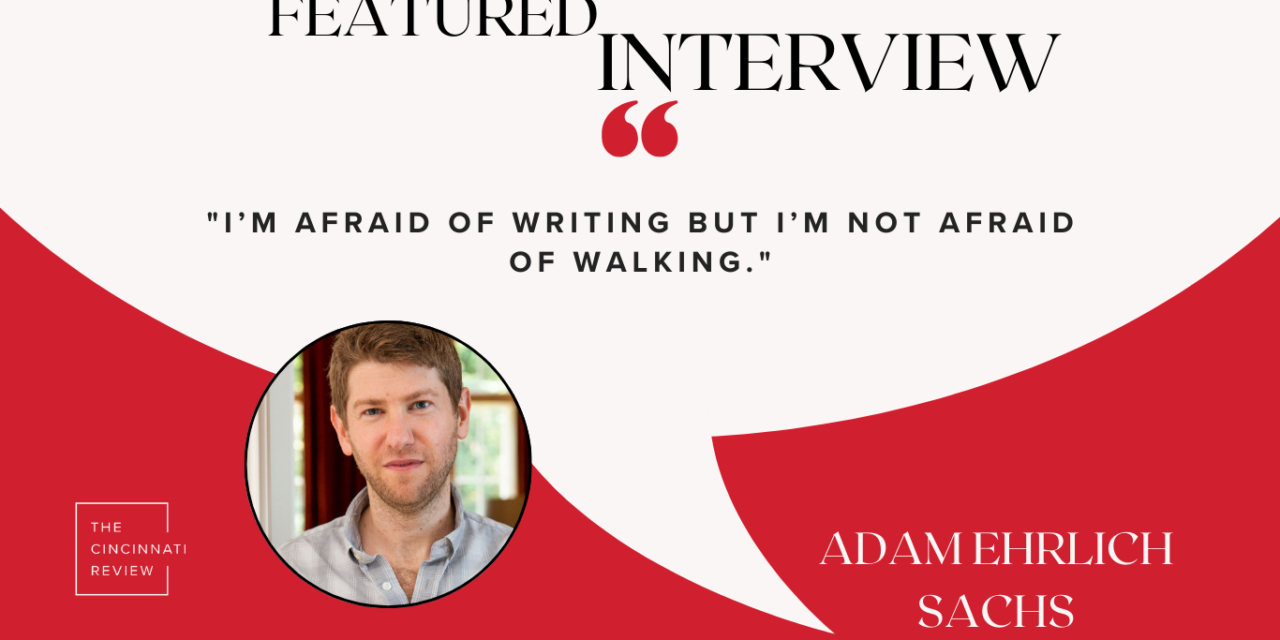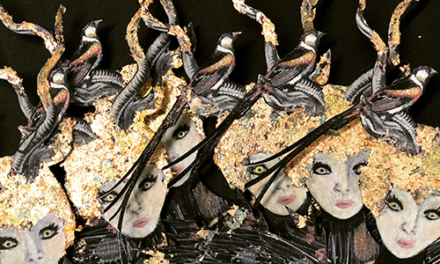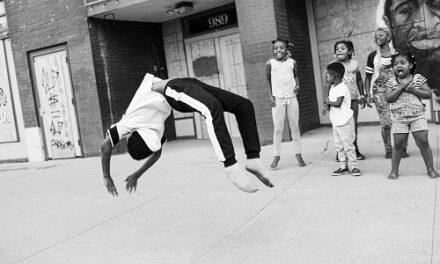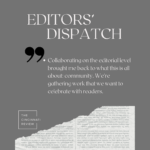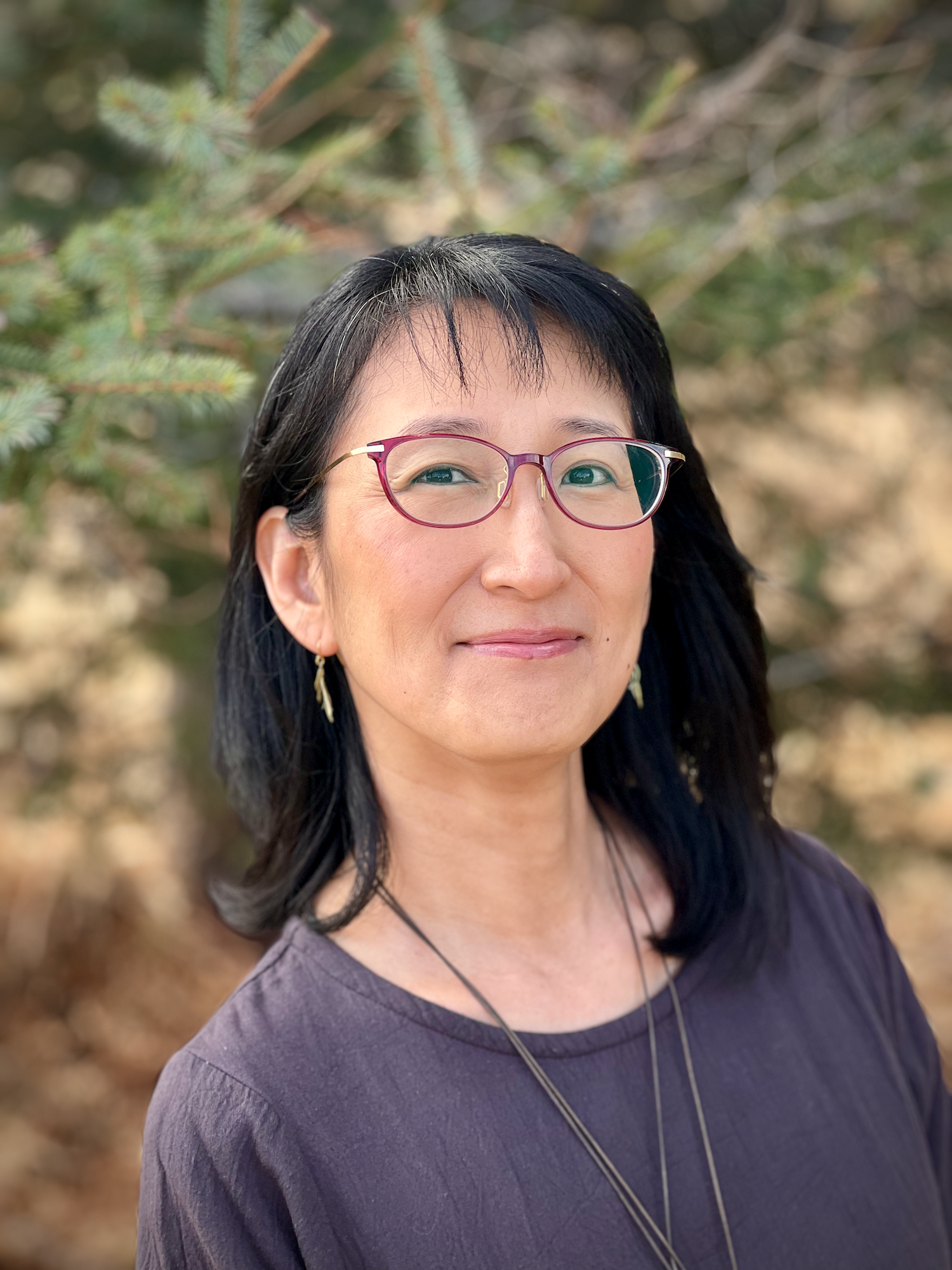5 minutes read time
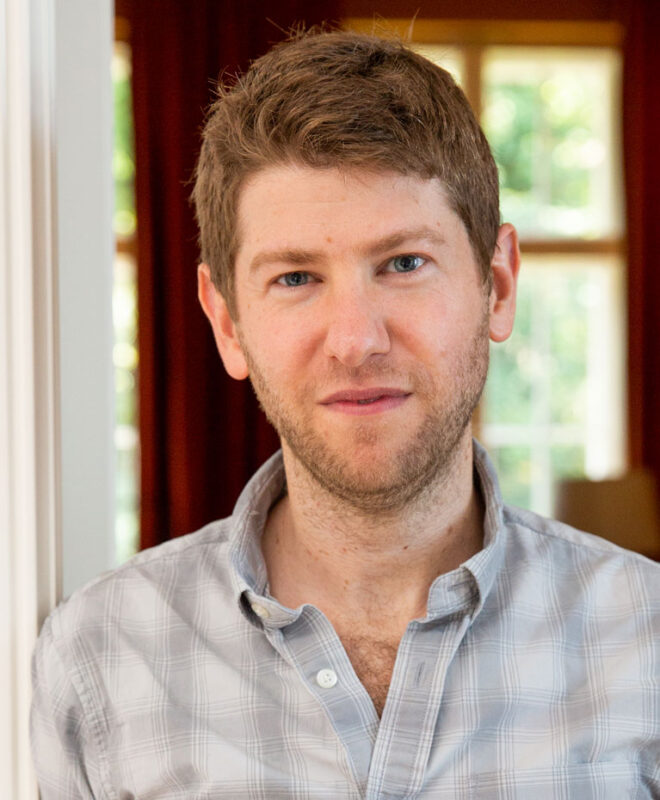
Assistant Managing Editor Bess Winter: This week at University of Cincinnati we hold our biannual Robert and Adele Schiff Fiction Festival, where we invite four accomplished fiction writers to Cincinnati to share their work and talk writing, publishing, and the writing life. This year we have the honor of hosting author Adam Ehrlich Sachs, whose latest book is Gretel and the Great War (Farrar, Straus and Giroux, 2024). He answered a few questions via email in anticipation of his visit.
BW: Can you tell us a bit about Gretel and the Great War’s path to publication? How and when did you begin it, and what was the process like from conception to publication?
AES: I began it in 2019 and finished it in 2023. That’s probably too long for such a short book, but kids, pandemic, etc. (Actually I’m just an extremely slow and fitful writer, but it’s nice to be able to blame kids now.) I’m sure at the time the writing felt as painful and constricted as always, but in retrospect I remember it fondly because I wrote most of it in my head while taking long walks. My previous book had these long, gnarled sentences, partly a function of its form and setting but partly of my unhealthy relationship with Microsoft Word and the way writing looks on a computer screen. I wanted this one to feel lighter, simpler, so I hit upon the method of walking around and around while writing and rewriting each new section in my head. Only when the section was done and I could recite it pretty much verbatim would I quickly write it down by hand. Then I’d type it up while trying not to look at the screen. Perhaps this doesn’t sound pleasant but it’s as good as it gets for me.
BW: Can you speak to constraints, and why you chose to use them to tell this particular story? Because there are quite a few of them at play in this book—besides the obvious abecedarian, it also frequently nests stories within stories within stories, or builds connections between distant characters that we at one point think are unrelated to each other. Are the constraints the point, or do you see them as aiding the telling of a larger tale?
AES: I do basically subscribe to the Oulipian doctrine that freedom is paralyzing and constraint generative. There’s an old paradox about a donkey placed exactly in between two identical bales of hay who dies of hunger because there’s no logical reason to choose one over the other. When I think of writing. I think of that donkey. I have to start by burning some hay bales. But it’s important to me that the constraint feel inherent to the book, not imposed arbitrarily from without (Pale Fire, not Life: A User’s Manual). Gretel consists of stories sent from a father to his daughter, so the ABC form—I’m going to dignify it as a “form”—felt natural. (I was also immersed in ABC books due to the aforementioned kids.) The other constraints are historical; for example, each character derives, more or less fantastically, from an actual person in prewar Vienna, some eminent figure. That felt natural, too, because the author of the stories is seething with rage against a culture that has spat him out. The stories are his attempt to sublimate his rage.
BW: What keeps you writing every day, especially a book as intricate, and dare I say whimsical, as Gretel and the Great War? I guess I’m asking if you have ways of making writing fun for you (maybe the aforementioned constraints?), or if it’s all discipline, or maybe if the self-contained nature of the chapters helps fuel you. Or something else?
AES: Yes, I think it was all those things! The intricacy—the self-contained stories that all had to fit together—turned it into a puzzle, which made it very slow going at times but also a well-defined (and therefore not existentially horrifying) task, with various mini-solutions and mini-satisfactions along the way. It also helped, as I mentioned, that most of the “writing” for this book was really just “walking,” because I’m afraid of writing but I’m not afraid of walking.
BW: Vienna, especially of the pre–World War I era in which this book is set, is a very tempting city for the writer. It’s the world of Stefan Zweig, Freud, Schiele and Klimt, and of course Herzl. More recently, the resurgence of interest in Thomas Bernhard, to whom your work has been compared, has maybe fueled more American interest in the city. (Full disclosure: my family is from Vienna and I’m also writing a book set there.) In other interviews you’ve spoken about trying to capture the climate that would give rise to National Socialism. But the book isn’t doing this head-on as much as sideways, through parables and a sort of dark humor. Why did you make this choice?
AES: I’m glad to hear you’re writing a Vienna book too! I look forward to reading it. Yeah, it was a little daunting to set a book in such familiar territory as turn-of-the-century Vienna. But I seem to like historical eras that have already been turned into myth and cliché; the Prague of Rudolf II (where I set The Organs of Sense) was not exactly untrodden either. But I am not trying to bring anything to light, or reconstruct anything, or fill in any gaps, or imagine how it felt to live through something, or see past events from a new perspective, or do the other things that I associate with historical fiction. I think what I like to do is to build an artificial little world, with its own logic and the imprint of my obsessions, but I like to build it out of historical scraps and platitudes. Why I like to do that, I don’t know.
Adam Ehrlich Sachs is the author of three books: Gretel and the Great War (Farrar, Straus and Giroux, 2024), The Organs of Sense (Farrar, Straus and Giroux, 2019), and Inherited Disorders (Regan Arts, 2016). His fiction has appeared in The New Yorker, n+1, and Harper’s, and he was a finalist for the Believer Book Award and the Sami Rohr Prize for Jewish Literature. He has received fellowships from the National Endowment for the Arts and the American Academy in Berlin, and he lives in Pittsburgh, Pennsylvania.

